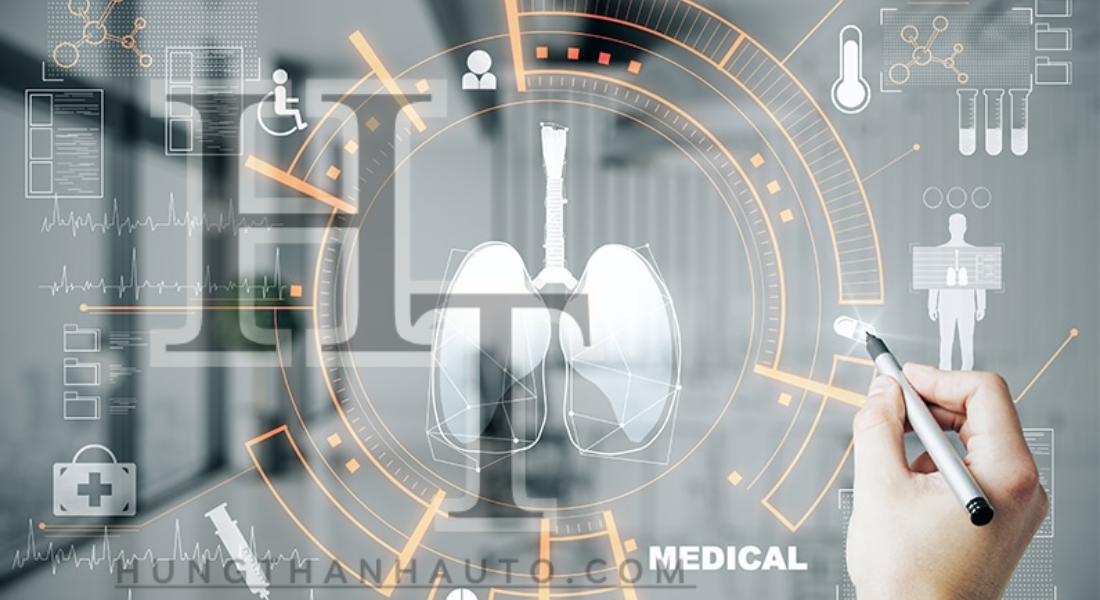The Future of Healthcare: AI Telemedicine Solutions Revolutionizing Patient Care
Introduction
In recent years, the healthcare industry has experienced a massive digital transformation, especially with the rise of AI telemedicine solutions. These innovative technologies are reshaping how healthcare providers deliver care, making it more accessible, efficient, and personalized for patients. As telemedicine becomes increasingly popular, AI-driven solutions are taking it a step further, offering automation, predictive analytics, and enhanced decision-making capabilities. In this article, we will explore the key aspects of AI telemedicine solutions, including their benefits, challenges, and how they are shaping the future of healthcare.
What are AI Telemedicine Solutions?
AI telemedicine solutions refer to the integration of artificial intelligence (AI) technologies with telemedicine platforms to enhance healthcare delivery. Telemedicine allows patients to consult healthcare professionals remotely, using video calls, phone calls, or other digital communication tools. When AI is incorporated, it helps streamline processes, from diagnosing medical conditions to offering personalized treatment recommendations.
These solutions utilize machine learning algorithms, natural language processing (NLP), and predictive analytics to analyze vast amounts of medical data, improving patient outcomes and enabling faster decision-making. For example, AI can assist in analyzing medical images, predicting patient risks, or suggesting treatment plans based on data patterns.
Benefits of AI Telemedicine Solutions
1. Increased Access to Healthcare
One of the most significant benefits of AI telemedicine solutions is their ability to increase healthcare accessibility, particularly in rural or underserved areas. With the help of AI-driven tools, patients can consult with doctors and specialists remotely, avoiding the need to travel long distances for care. AI can also assist in triaging patients, directing them to the right specialist based on their symptoms or health history.
2. Improved Efficiency and Time Management
AI telemedicine solutions streamline administrative tasks and reduce the workload on healthcare providers. Automated scheduling, patient data analysis, and virtual assistant tools allow medical professionals to focus on more complex tasks, improving overall efficiency. By automating repetitive processes, AI also helps reduce human error, ensuring more accurate and reliable results.
3. Enhanced Diagnostic Accuracy
AI-powered telemedicine tools can assist in diagnosing medical conditions with high accuracy by analyzing medical images, genetic data, and patient histories. AI algorithms are capable of identifying patterns that may not be immediately apparent to human healthcare providers, improving diagnostic accuracy and reducing the chances of misdiagnosis.
4. Personalized Patient Care
AI telemedicine solutions enable healthcare providers to offer personalized treatment plans for patients. By analyzing individual health data, AI can recommend tailored treatments that are more effective based on the patient’s unique health condition. This level of personalization helps to optimize patient outcomes and overall satisfaction with the healthcare experience.
5. Cost Savings for Patients and Providers
AI telemedicine solutions help reduce healthcare costs by minimizing the need for in-person visits, which can be costly for both patients and providers. With remote consultations and AI-powered diagnostic tools, patients can receive timely care without the expense of travel or waiting times. Providers, on the other hand, benefit from more streamlined workflows, reducing operational costs and improving profitability.
Challenges Facing AI Telemedicine Solutions
Despite the numerous advantages, there are several challenges associated with the adoption of AI telemedicine solutions:
1. Data Privacy and Security
AI telemedicine solutions rely on large amounts of sensitive patient data, which raises concerns about data privacy and security. Ensuring that patient data is protected from breaches and unauthorized access is crucial to maintaining trust in these technologies. Healthcare providers must comply with strict regulations, such as HIPAA (Health Insurance Portability and Accountability Act), to safeguard patient information.
2. Integration with Existing Healthcare Systems
Integrating AI telemedicine solutions with existing healthcare infrastructure can be challenging. Many healthcare providers still rely on traditional, paper-based systems or outdated digital platforms. Ensuring smooth interoperability between new AI tools and legacy systems is essential for a seamless healthcare experience. Without proper integration, there can be delays in care and a reduction in the effectiveness of AI solutions.
3. Reliability and Trust
For AI telemedicine solutions to be widely accepted, healthcare providers and patients must trust the technology. While AI has the potential to improve accuracy, it is still a relatively new field, and its reliability can sometimes be questioned. Establishing transparency in how AI algorithms work and ensuring that healthcare professionals are adequately trained to use these tools is essential for fostering trust in AI telemedicine.
4. Regulatory Challenges
AI telemedicine solutions are subject to various regulatory frameworks, which can vary from one country to another. Navigating these regulations and ensuring compliance with health standards can be complex. In some regions, telemedicine laws are still evolving, which can create uncertainty for developers and healthcare providers looking to implement AI-driven solutions.
The Role of AI in Enhancing Telemedicine Services
AI is not only improving the quality of care but also revolutionizing telemedicine services by offering solutions that increase convenience for both patients and healthcare providers. Below are some specific areas where AI plays a pivotal role:
1. Virtual Health Assistants
AI-driven virtual assistants are becoming a staple in telemedicine. These assistants can help patients schedule appointments, remind them of medications, or even answer basic health-related questions. Virtual assistants make telemedicine more efficient by providing support and guidance to patients, while freeing up healthcare professionals to focus on more critical tasks.
2. AI-Powered Health Monitoring
AI telemedicine solutions also include wearable devices and health monitoring tools that track patients’ vital signs and alert healthcare providers to potential issues. These devices continuously monitor health parameters, such as heart rate, blood pressure, and glucose levels, allowing for early detection of medical problems and more proactive care.
3. Remote Patient Monitoring (RPM)
Remote patient monitoring is an area where AI telemedicine solutions shine. By using connected devices to monitor patients’ health data remotely, healthcare providers can track patients’ progress over time. AI tools analyze the data collected, detecting any significant changes or trends that may require medical intervention.
4. AI in Mental Health Telemedicine
AI is also being used to enhance mental health services. AI-based chatbots and therapy apps are providing mental health support to patients in need, making therapy more accessible. These AI tools can provide cognitive-behavioral therapy (CBT), mood tracking, and personalized recommendations to improve mental health outcomes.
Future Trends in AI Telemedicine Solutions
As AI telemedicine solutions continue to evolve, several trends are expected to shape the future of healthcare:
1. Greater Integration with Electronic Health Records (EHRs)
The integration of AI telemedicine solutions with electronic health records (EHRs) will allow for a more streamlined approach to patient care. AI will be able to access and analyze patient data from EHRs in real-time, providing healthcare providers with up-to-date information for better decision-making.
2. Expansion of AI in Diagnostics
AI is expected to play an even more significant role in diagnostics, with advanced algorithms becoming capable of detecting a wider range of medical conditions. This includes more complex diseases, such as cancer, neurological disorders, and rare genetic conditions, allowing for earlier detection and improved outcomes.
3. AI-Powered Predictive Analytics
AI-powered predictive analytics will continue to advance, helping healthcare providers anticipate patient needs and prevent health issues before they arise. By analyzing historical data and trends, AI can predict which patients are at higher risk for specific conditions, enabling preventive care and personalized treatment plans.
4. Increased Use of Natural Language Processing (NLP)
Natural language processing (NLP) will continue to enhance the ability of AI systems to understand and analyze human language. This will improve the accuracy of medical records, enable more efficient doctor-patient communication, and help AI systems make better sense of unstructured data, such as doctor’s notes or patient feedback.
Conclusion
AI telemedicine solutions are transforming the healthcare landscape, offering numerous benefits such as increased access, enhanced diagnostic accuracy, and cost savings. However, challenges like data security, integration with existing systems, and regulatory issues must be addressed for AI to reach its full potential. As technology continues to advance, we can expect AI to play an even more pivotal role in shaping the future of healthcare, delivering personalized, efficient, and accessible care to patients worldwide.
AI telemedicine solutions are not just a trend; they are the future of healthcare. With continued innovation and widespread adoption, the way we think about and access medical care will never be the same again.



